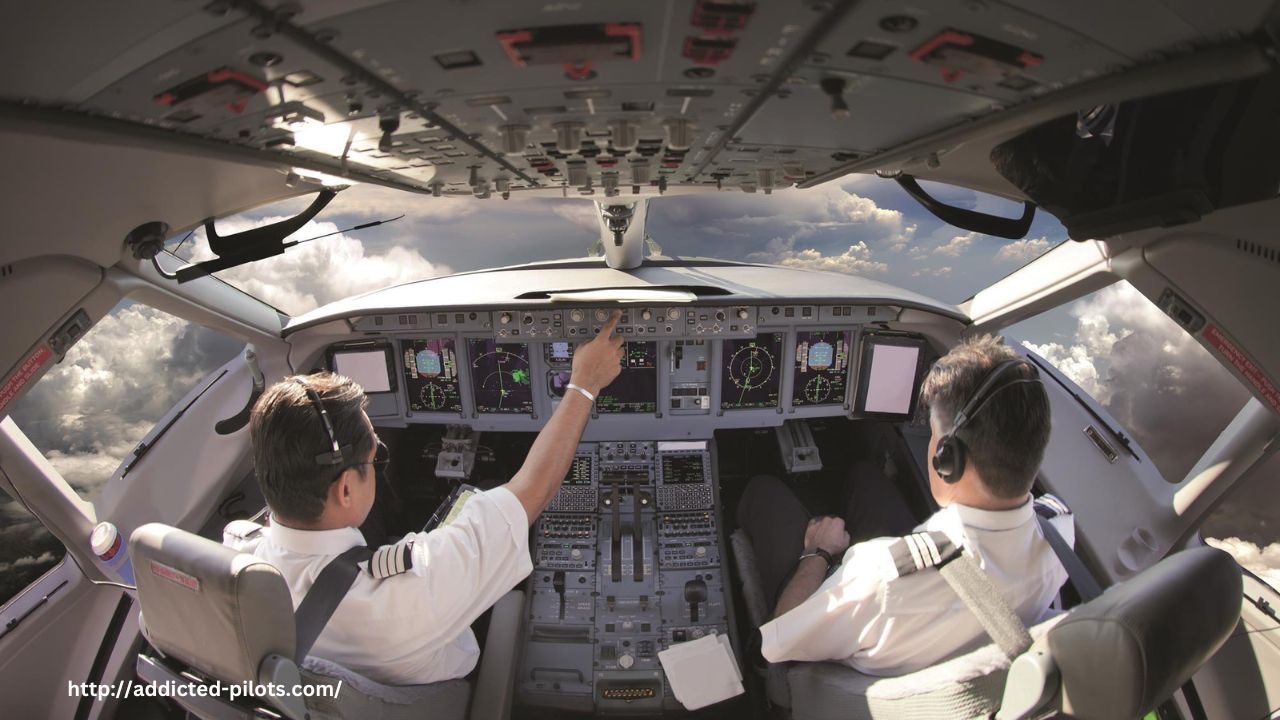Pilots are often seen as highly disciplined professionals entrusted with the safety of countless passengers. However, beneath the surface, some pilots struggle with addiction, a reality that is rarely discussed but poses serious risks to both the individual and the aviation industry as a whole. The pressures of the job, the culture surrounding the profession, and the stigma associated with seeking help can all contribute to the crisis of addiction among pilots.
The Pressure of Being a Pilot
Pilots operate under immense stress. They work long hours, experience frequent disruptions to their sleep patterns, and must constantly remain alert. The responsibility of safely transporting passengers across the globe is a heavy burden, and the pressure to perform flawlessly can lead to mental and emotional exhaustion. The isolation from loved ones due to extensive travel and irregular schedules can further exacerbate feelings of loneliness and stress, pushing some pilots toward substance use as a way to cope.
The Role of Alcohol and Drugs
For many pilots struggling with addiction, alcohol is the most commonly abused substance. The aviation industry has strict regulations on alcohol consumption, including rules prohibiting pilots from drinking within eight hours of a flight. Despite these guidelines, cases of pilots being caught under the influence have surfaced over the years, highlighting the extent of the problem.
Prescription drugs also play a significant role in pilot addiction. Medications for anxiety, depression, and chronic pain, such as benzodiazepines and opioids, can lead to dependency if not carefully managed. In an attempt to combat fatigue, some pilots turn to stimulants, but the long-term effects of such substances can impair cognitive function and decision-making abilities.
The Risks to Safety
The consequences of addiction in the aviation industry can be devastating. Impaired judgment, delayed reaction times, and compromised mental clarity put not only the pilot at risk but also the lives of passengers and crew members. While regulatory bodies conduct routine drug and alcohol testing, some pilots manage to hide their struggles, either out of fear of losing their jobs or due to denial about the severity of their addiction.
Overcoming Stigma and Seeking Help
One of the biggest challenges in addressing addiction among pilots is the stigma associated with seeking help. Many fear that admitting to substance abuse will result in permanent job loss, leading them to hide their struggles rather than seek assistance. However, programs like the Human Intervention Motivation Study (HIMS) provide hope. HIMS is a specialized recovery program that allows pilots to receive treatment and, in many cases, return to flying once they have successfully completed rehabilitation.
A Call for Greater Awareness
Addressing addiction among pilots requires a shift in how the aviation industry approaches mental health and substance abuse. Airlines and regulatory agencies must create a culture where pilots feel safe seeking help without fear of punishment. By prioritizing mental health, improving access to confidential support systems, and reducing stigma, the aviation industry can better support its pilots and ensure the safety of all who rely on them.
